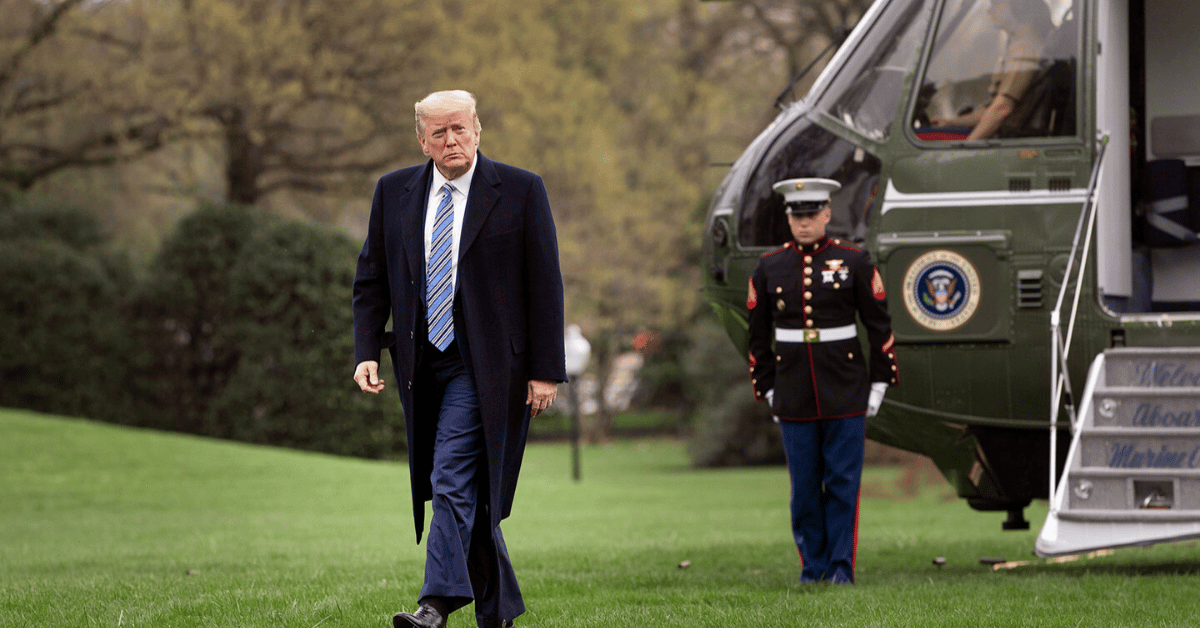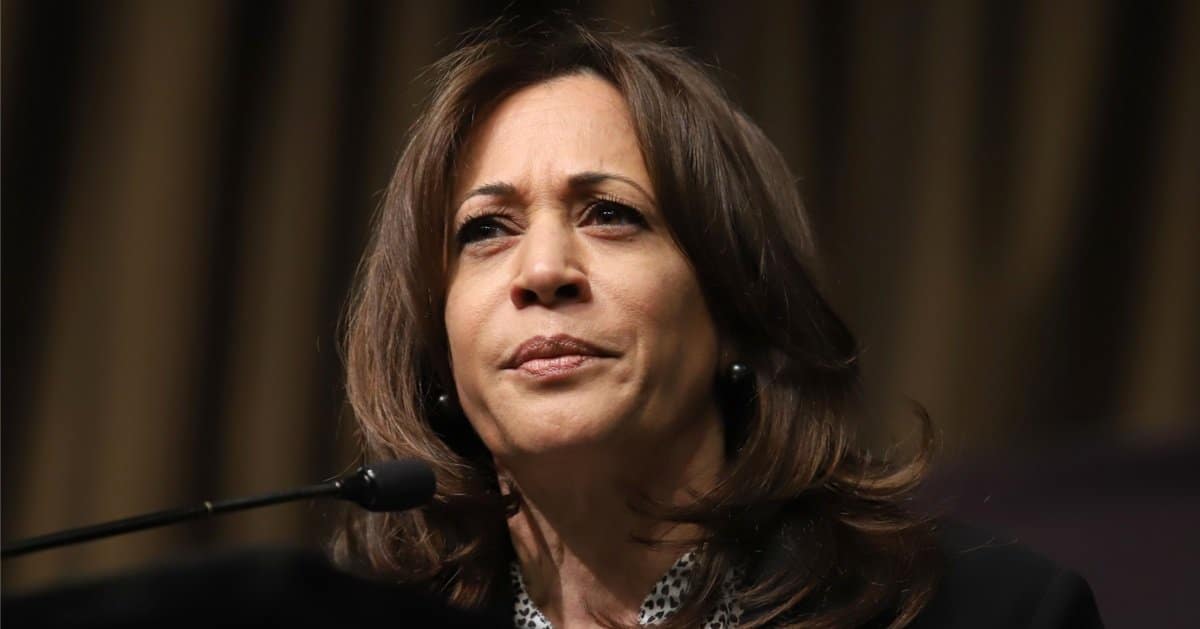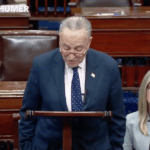

President Donald Trump announced an investigation into imported furniture on August 22, 2025, sending shockwaves through the home goods market. This probe, targeting potential tariffs, aims to revive American manufacturing. It’s a bold move, but will it spark a renaissance or just inflate prices?
The investigation, set to wrap up within 50 days, could slap duties on furniture imports at rates yet to be pinned down. Trump’s push aligns with his broader trade agenda, targeting sectors like automobiles and steel to curb reliance on foreign goods. Yet, the uncertainty leaves companies and consumers bracing for impact.
The New York Post reported that Wayfair’s stock cratered over 6% in after-hours trading on August 22, 2025, as its heavy reliance on overseas suppliers spelled trouble. RH shares also took a hit, dropping more than 6% that evening. Williams-Sonoma wasn’t spared, with its stock sliding over 4%.
Meanwhile, La-Z-Boy shares climbed nearly 2.5%, buoyed by its U.S.-based manufacturing. Domestic producers might catch a break, but the broader industry faces choppy waters. Trump’s “America First” gambit could either save jobs or sink affordability.
The furniture sector is already reeling from a year-long slump in demand for big-ticket items like sofas and dining sets. A sluggish housing market, with buyers holding out for lower interest rates, isn’t helping. Add tariffs to the mix, and consumers might tighten their wallets even more.
Trump took to Truth Social, declaring, “This will bring the Furniture Business back.” He’s betting on reviving states like North Carolina and South Carolina, once furniture-making powerhouses before cheap overseas labor lured production away. It’s a nostalgic pitch, but nostalgia doesn’t always pay the bills.
North Carolina’s furniture heritage makes it a prime target for Trump’s tariff strategy. The administration hopes to lure manufacturing back to the U.S., particularly to southeastern states with deep industry roots. But can tariffs reverse decades of globalization without breaking the bank?
The furniture industry’s woes aren’t just about trade. Persistent inflation has consumers cutting back on non-essentials like home decor and dining out. Tariffs might protect local jobs, but could also jack up prices, squeezing families already stretched thin.
Trump’s furniture probe is part of a larger tariff blitz, hitting sectors from pharmaceuticals to semiconductors. His administration’s trade negotiations with the EU and China have stabilized some markets, but unresolved disputes keep tensions high. The global trade chessboard just got trickier.
Previous tariff experiments have had mixed results—some firms brought production home, while others passed costs to consumers.
The furniture industry, already battered, might not weather another price hike gracefully. Trump’s vision is clear, but the execution is murky.
It’s unclear if these new tariffs will layer onto existing country-specific duties from Trump’s bilateral trade deals. This ambiguity leaves companies like Wayfair in limbo, guessing at future costs. Clarity can’t come soon enough for an industry on edge.
The American Home Furnishings Alliance has been tapped for comment, but the silence so far speaks volumes.
Furniture makers and retailers are likely scrambling to assess the damage. Nobody wants to be caught flat-footed when tariffs hit.
Trump’s tariff strategy hinges on a simple idea: make America build again. But with inflation pinching and housing sales stalled, the timing feels dicey. Forcing companies to reshore might sound patriotic, but it risks pricing out the average American.
The furniture market’s fate now rests on a 50-day investigation that could reshape the industry. Will it bring jobs back to North Carolina or just burden shoppers with higher costs? Trump’s betting on the former, but history suggests it’s a gamble.



